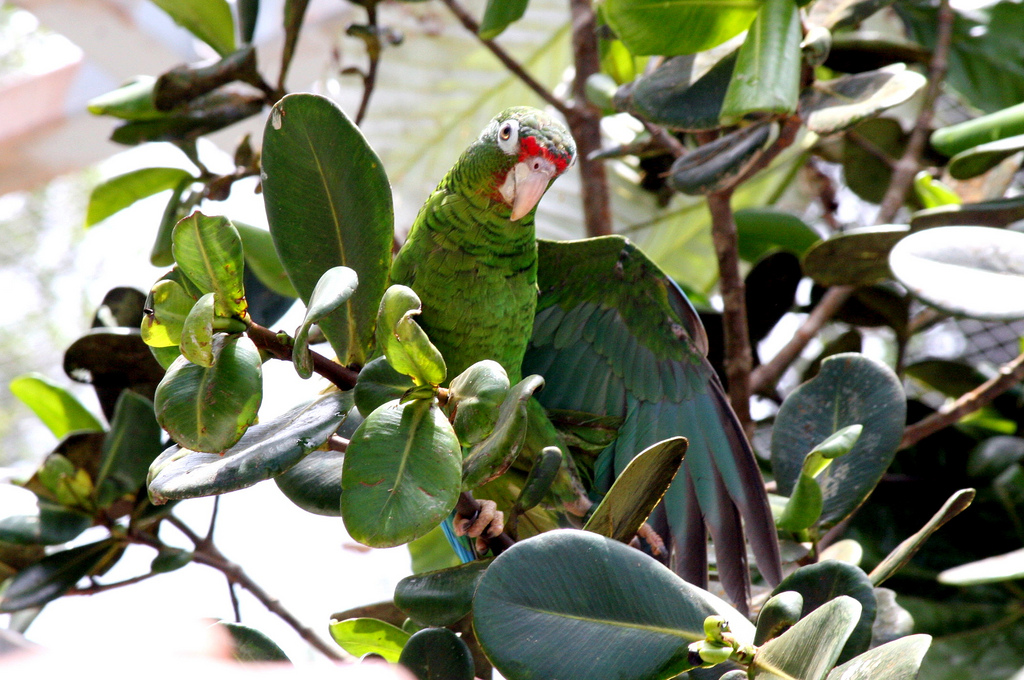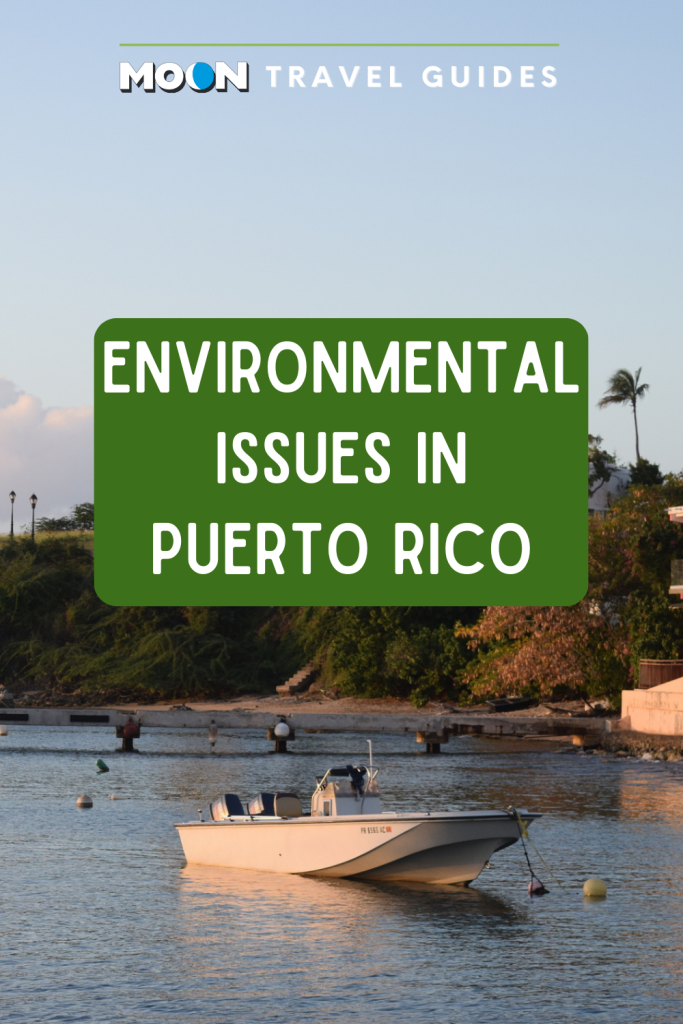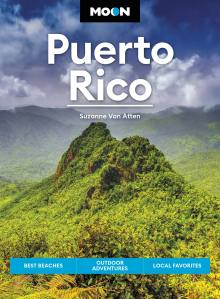Environmental Issues in Puerto Rico
Because Puerto Rico is part of the United States, local industry is subject to the same federal environmental regulations and restrictions as in the United States.

Puerto Rico’s greatest environmental threats concern its vanishing natural habitat and the resulting impact on soil erosion and wildlife. Reforestation efforts are underway in many of the island’s national parks and forest reserves, and organized efforts are underway to protect and rebuild endangered wildlife populations, especially the Puerto Rican parrot, the manatee, and the leatherback sea turtle.
Many of the island’s environmental protection efforts are overseen by the Conservation Trust of Puerto Rico, whose headquarters is based in Casa de Ramón Power y Girault (155 Calle Tetuán, San Juan, 787/722-5834, Tues.-Sat. 10 a.m.-4 p.m.), where visitors can peruse exhibits and pick up printed information on its projects. The organization leads a variety of educational tours throughout the island and has launched an initiative to expand protected territory through land acquisition.
In Vieques, the biggest environmental concern surrounds the ongoing cleanup of the grounds once occupied by the U.S. Navy, which stored munitions and performed bombing practice on the island. After years of protest by local residents, the Navy withdrew in 2003, but much of its land (18,000 acres) is still off-limits to the public while efforts to clear it of contaminants and the live artillery that still litters the ocean floor are underway. The cancer rate in Vieques is 27 percent higher than that of the main island, and many blame it on the presence of unexploded artillery leaking chemicals into the water and the release of chemicals into the air when the artillery is detonated, which is the Navy’s way of disposing of it. The Vieques Conservation and Historical Trust (138 Calle Flamboyán, Esperanza, 787/741-8850 or 787/741-2844, Mon.-Fri. 8am-4pm, free but donations accepted) oversees conservation projects on the island.
Newsletter Signup
By clicking ‘Sign Up,’ I acknowledge that I have read and agree to Hachette Book Group’s Privacy Policy and Terms of Use
Pin it for Later


